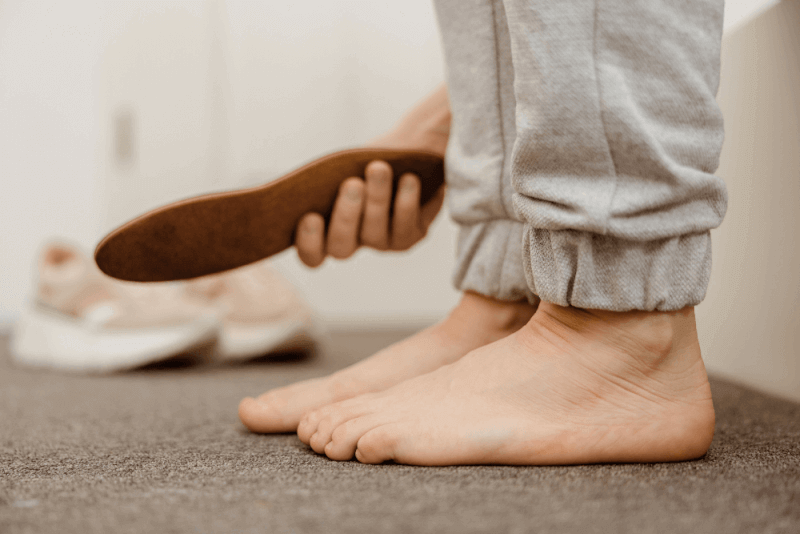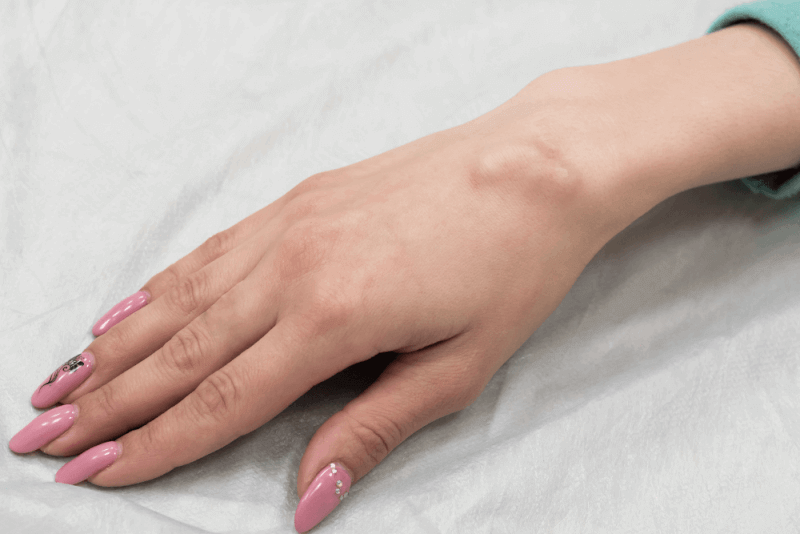Dull shoulder syndrome, which is characterized by constant pain and stiffness in the shoulder area, is also called adhesive capsulitis. It is a problem that is not well known, although it is very common in society.
What is Frozen Shoulder?
Frozen shoulder, one of the most common problems encountered in orthopedics and traumatology departments, is frequently seen in women. This disease leads to loss of movement and pain is also experienced. In advanced cases, shoulder movements are severely restricted, leading to difficulties in daily functions such as taking something out of the closet, brushing teeth, buttoning a skirt or tidying hair. Many frozen shoulder patients experience night pain. The first symptom of frozen shoulder is shoulder pain, which patients feel as if they have hurt their shoulders.
Symptoms of Frozen Shoulder Syndrome
The first symptom of frozen shoulder syndrome is pain. Other symptoms seen in patients if the disease is not treated include the following:
- Inability to lift the arm higher than a certain point,
- Inability to rotate the arm,
- Pain in the shoulder that makes it difficult to perform daily tasks,
- Severe shoulder pain that makes it difficult to sleep,
- Shoulder pain that increases with movement of the arm,
What Causes Frozen Shoulder Syndrome?
Frozen shoulder syndrome, which is more common in women than men in our society, is more common especially in women over the age of 40. In some so-called idiopathic cases, frozen shoulder syndrome can occur years after a shoulder examination.
Shoulder joint tendon tears, shoulder joint calcifications, limitation of shoulder joint mobility after trauma or surgery are involved in the occurrence of frozen shoulder syndrome.
Patients with idiopathic pigs should be investigated for neck problems, breast diseases in women, heart problems, high cholesterol, thyroid problems and diabetes. In addition, most of the patients today are under intense stress, which is why frozen shoulder syndrome is seen. In frozen shoulder syndrome due to diabetes, patients do not respond to treatment or the treatment is inadequate.
Frozen Shoulder Stages
The clinical picture of frozen shoulder syndrome usually proceeds in 3 stages.
Phase 1 (Inflammation Phase)
In frozen shoulder syndrome, severe pain in the shoulder joints in the first stage is followed by joint stiffness in the following periods. Shoulder pain in this phase is more severe, especially at night, and the first phase of shoulder stiffness syndrome can last between 2 and 9 months.
Phase 2 (Freezing Phase)
In the second stage of frozen shoulder syndrome, the pain is partially alleviated, but the stiffness persists and patients become unable to perform shoulder movements while doing their daily work. The second stage of frozen shoulder syndrome can last between 4 and 6 months.
Phase 3 (Dissolution Phase)
The third stage is the period when the pain gradually decreases and the stiffness and limitation of movement in the shoulder joint gradually begin to decrease. In other words, it can last between 6 months and 3 years in the 3 stages of recovery.
How is Frozen Shoulder Syndrome Diagnosed?
In order to diagnose frozen shoulder syndrome, patients must first fully and accurately report their symptoms to their physicians. The physicians then conduct a physical examination of the patients. In this examination, the arm is lifted up and moved around. In this examination, how much the arm moves and the movement causes pain. whether or not it causes the disease. Doctors may then order a shoulder X-ray or other imaging tests. The diagnosis is made using physical examination findings together with trigger results.
How is Frozen Shoulder Syndrome Treated?
The priority in the treatment of frozen shoulder is to reduce the pain experienced by patients in their shoulders and to make the shoulder joint more mobile. For this purpose, edema-reducing drugs and painkillers, as well as shoulder joint injections and physical therapy are used. With this treatment method, the pain felt by patients is reduced and patients are encouraged to use the shoulder joint more effectively.
Cortisone Injections
Cortisone needles are injected directly into the shoulder joint to help reduce swelling and tenderness. Although this does not relieve the frozen shoulder condition, it reduces the pain and allows shoulder stretching movements to be performed.
Arthroscopic Surgery
Arthroscopic surgery is one of the methods used in the treatment of frozen shoulder syndrome. The aim of this procedure is to remove adhesions in the frozen shoulder capsules. In arthroscopic surgery performed under general anesthesia, the areas of narrowing in the capsule are loosened arthroscopically without opening the shoulder joint. With this operation, shoulder joint mobility is provided and frozen shoulder syndrome is treated quickly. In addition, during this procedure, patients are examined under general anesthesia and any loss of movement is monitored by physical examination.
Is Physical Therapy Necessary After Arthroscopic Surgery?
Patients feel pain after arthroscopic surgery. For this reason, rehabilitation must be applied after the operation. Patients often complain of pain, especially on the first day after surgery, and painkillers are used to alleviate the pain during this period.
Physical therapy usually starts the day after surgery. In the planning of physical therapy, the findings of the physician performing the surgery and the physical therapist should work together because it is extremely important that the physician performing the surgery directs the physical therapy well. In the initial phase, the physician explains simple exercises that the patient can do on his/her own and the patient should practice these exercises as soon as possible to regain full movement of the head.
In addition to the physical therapy that patients apply on their own, professional support from physiotherapists should be provided if deemed necessary. The duration of physiotherapy varies depending on the patient, but generally ranges between 4-6 weeks.
After arthroscopic surgery, the mobility of the frozen shoulder is usually almost completely restored. But this is a time-consuming process. For this reason, patience is required and physiotherapy should be applied regularly. Stretches performed over a long period of time both reduce pain and increase shoulder joint mobility.










